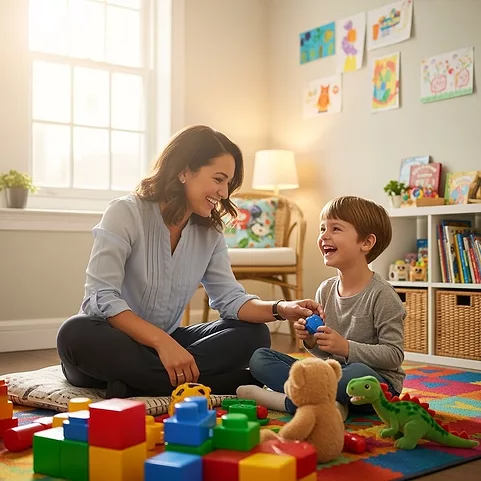Treatment as Usual Effective for ADHD and Anxiety Disorders
Subject:
TREATMENT AS USUAL
Short Description:
Treatment as Usual Effective for ADHD and Anxiety Disorders
Background:
Studies of “treatment as usual” in outpatient child and adolescent psychiatry settings are hard to come by. Recent research out of Germany looked at the effectiveness of the usual treatment for four psychiatric disorders: ADHD, anxiety disorder (AD), depressive disorder (DD), and conduct disorder (CD). In this observational study, researchers followed all new admissions at nine participating outpatient child and adolescent psychiatry practices for one year. All participating practices offered care from a variety of practitioners (eg, pediatricians and psychotherapists in addition to psychiatrists) and offered various forms of intervention, including several styles of individual and family psychotherapy, academic support, and psychopharmacology. Information was collected by standardized telephone interviews with patients or their parents at admission into the practice, three months later, and at one year. Although interview data was available from 800 of the original 1182 patients after one year, the data used in this analysis was only from 306 patients for which parents had completed the Child Behavior Checklist (CBCL) at both admission and at the one year point. Within the group of 306, the mean age was 8.8 years (+/- 3.3 years). Diagnostically, 94 had ADHD, 57 CD, 38 DD, 53 AD, and 64 had some other diagnosis. Fifty-eight percent had received less than eight sessions of evaluation or consultation, 42% received greater than eight sessions; with the range encompassing zero to 50 child sessions and zero to 40 parent sessions. Twenty-six percent received pharmacotherapy of some kind. Overall 66% of patients had no clinically relevant symptoms of their illnesses after one year of treatment. Researchers analyzed if how much time spent in therapy was a factor in improvement. They found that patients with “high dose” therapy (greater than nine sessions) showed more improvement than patients with “low dose” therapy (from one to eight sessions) for ADHD and AD, and calculated a small to moderate effect size for “dose” of therapy in these disorders. There was not a significant difference in effectiveness between the two for CD, and researchers found that among patients with DD, there was a group that responded well to low dose therapy and one that responded poorly to any amount of therapy (Bachmann M et al, World Psychiatry 2010;9:111–117).
TCPR's Take:
One of the difficulties of interpreting the medical literature is the problem of figuring out what works instead of just what demonstrates a statistically significant difference between groups. In this study, two thirds of patients were clearly improved after oneyear, and that’s good news no matter how you look at it. The question arises, though, whether that improvement had anything to do with treatment. The patients in this study were given individualized treatments depending on what the clinician felt they needed at the time of evaluation. Some kids presented to the clinician needing a little intervention, and some presented needing a lot. Furthermore, as a naturalistic study, treatment comprised a full spectrum of interventions—some evidence-based, some not; some well-performed, some not. The authors used statistical methods to overcome this as much as possible, and in doing so probably understate the findings. Despite that, there was a dose-effect of therapy, an important finding for advocating for therapy interventions for children and adolescents. Compare this also to the findings of Gledhill and Garralda, who evaluated patients ages 13 to 18 presenting with depression to their primary care physicians in a London clinic: After 6 months, more than 50% of them had not improved, and the average duration of symptoms was 13 months (Gledhill J and Garralda ME, Soc Psychiat Epidemiol 2010; online ahead of print). We must be doing something right! All in all, the study is helpful in allowing a natural and realistic comparison group for the carefully controlled efficacy studies generally done. However, we have to ask ourselves: if treatment-as-usual were to incorporate more evidence-based interventions, would the effect be larger?
Newsletters
Please see our Terms and Conditions, Privacy Policy, Subscription Agreement, Use of Cookies, and Hardware/Software Requirements to view our website.
© 2026 Carlat Publishing, LLC and Affiliates, All Rights Reserved.


_-The-Breakthrough-Antipsychotic-That-Could-Change-Everything.webp?t=1729528747)



